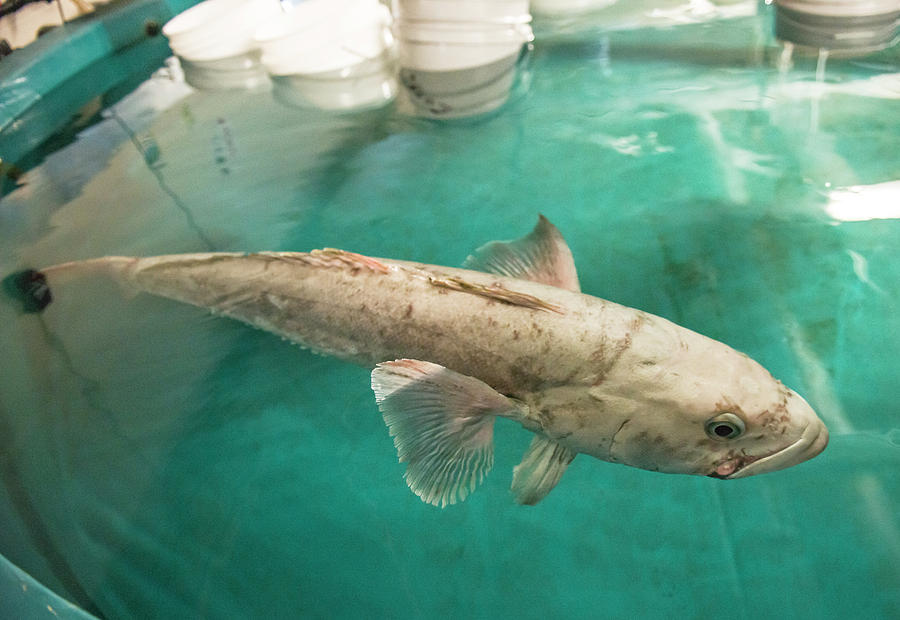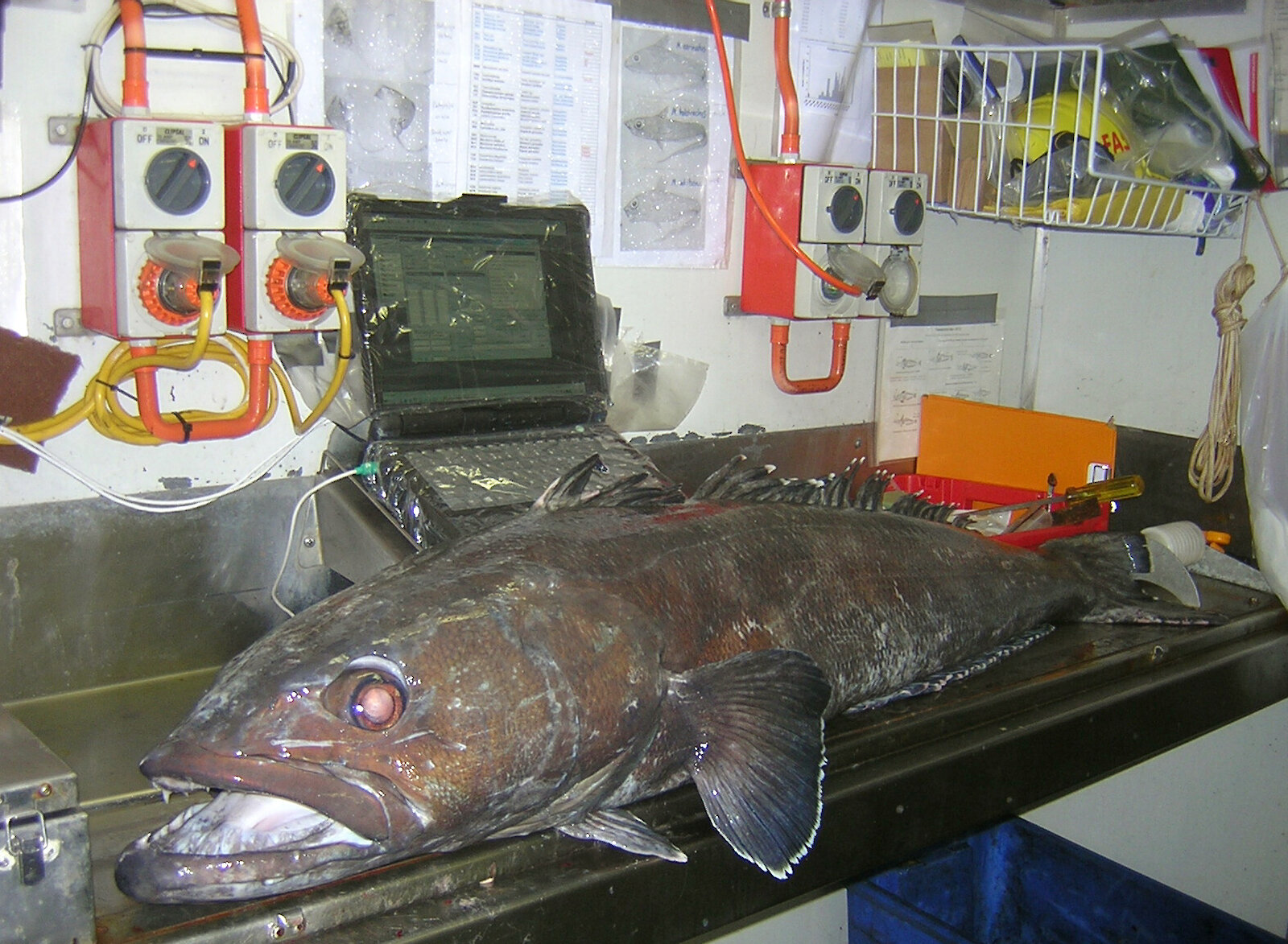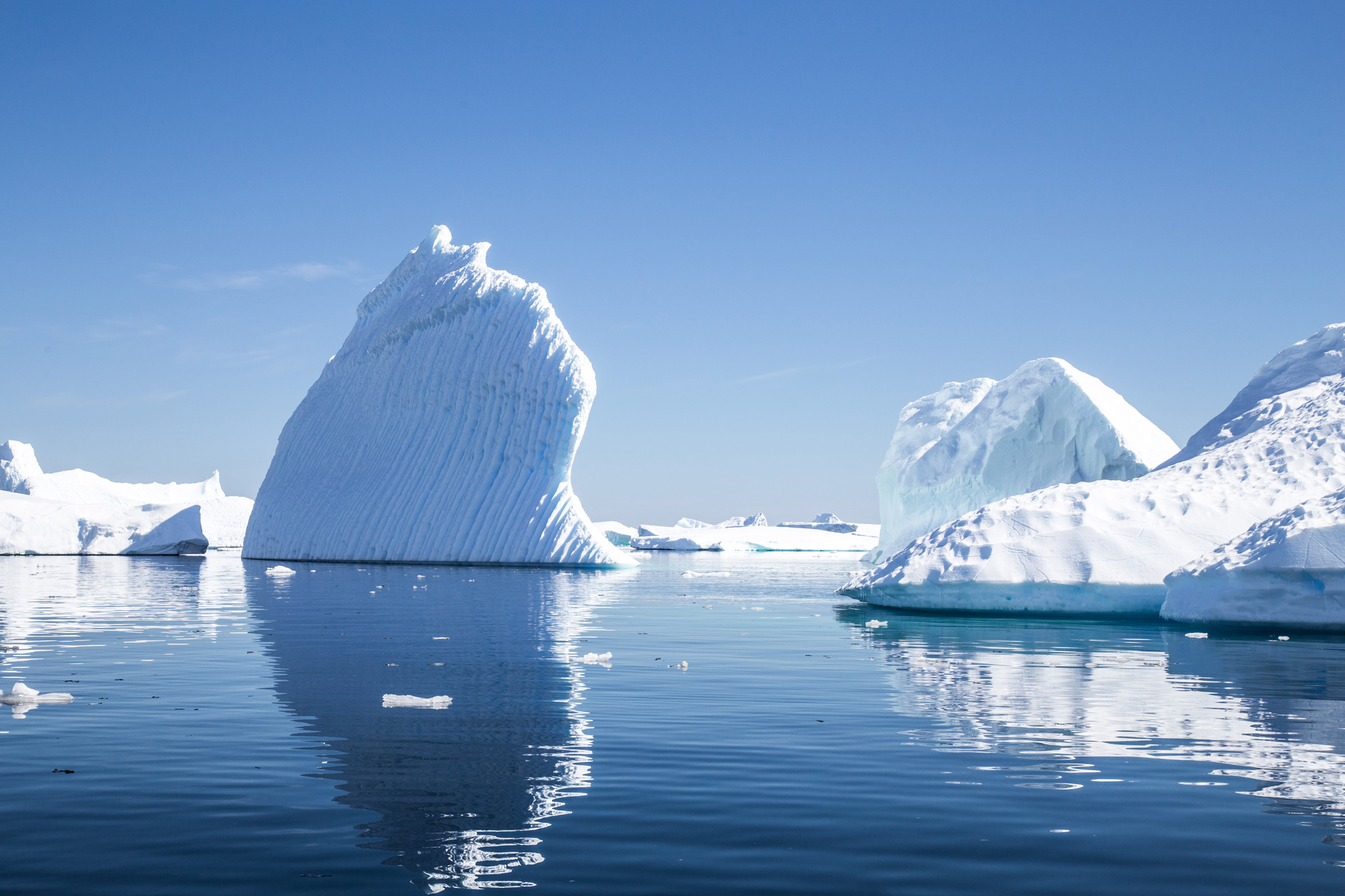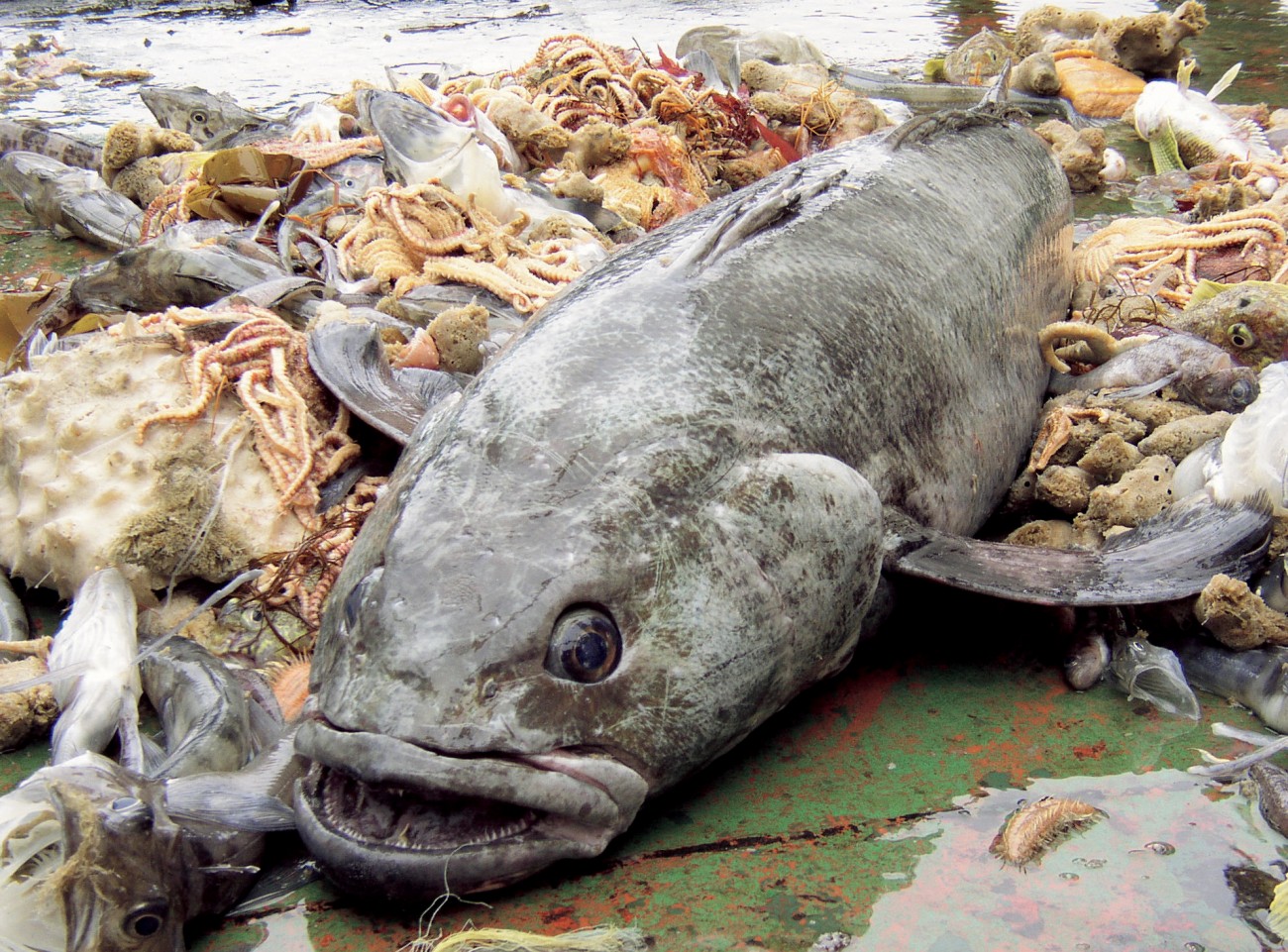Antarctic Toothfish - Know More Of This Voracious Predator In The Southern Ocean
Antarctic toothfish are slow-growing and long-lived, maturing at 8-10 years of age and living for up to 45-50 years. Toothfish taken in fisheries often measure 80-140cm in length and weigh 10-30kg. Large specimens can reach heights of 160cm and weights of 60-80kg. Toothfish having a fusiform body shape (a gradual narrowing at both ends), a protruding lower jaw and huge lower lip, big eyes, and big gill plates.
Author:Velma BattleReviewer:Michael RachalJun 08, 20222.1K Shares430K Views

Antarctic toothfish(Dissostichus mawsoni) is a toothfish found in the Southern Ocean. The overall size of the Antarctic toothfishis determined by its nutrition and health.
Antarctic Toothfish Size
They are slow-growing and long-lived, maturing at 8-10 years of age and living for up to 45-50 years. When the natural reserve of Patagonian toothfish became depleted, fishermen turned inland into the Southern Ocean to catch more Antarctic toothfish.
Toothfish taken in fisheries often measure 80-140cm in length and weigh 10-30kg. Large specimens can reach heights of 160cm and weights of 60-80kg.
Toothfish having a fusiform body shape (a gradual narrowing at both ends), a protruding lower jaw and huge lower lip, big eyes, and big gill plates.
While the Patagonian toothfish is obtained off the coasts of various South American countries, the Antarctic toothfish is caught primarily in the Southern Ocean and the Ross Sea.
In terms of distribution across the Ross Sea, science has determined that the majority of them may be found between the continental shelf and the Balleny Islands.
Antarctic Toothfish Adaptations
Antifreeze glycoproteins produced by the Antarctic toothfish allow it to live in the icy waters of the Southern Ocean. The glycoprotein is found in all body fluids, not only the blood, and occurs in a variety of sizes.
However, researchers believe that it is not the protein itself that is intriguing. It's more about how proteins interact with ice crystals.
These antifreeze proteins classify species as either freeze tolerant or freeze avoidant. Freeze tolerant species are those that can withstand prolonged freezing temperatures. These animals can survive with up to 81 percent of their body water frozen solid.
Freeze avoidant species are those that avoid having their body water freeze completely. There are several strategies for organisms to escape freezing. Some people may prevent freezing by supercooling—cooling a liquid below freezing temperatures without it solidifying.
Antarctic Toothfish Endangered
As other regularly fished species become scarce owing to overfishing, polar regions have experienced an increase in interest in their marine living resources in recent years.
This has occurred concurrently with improved and safer access to the arctic areas as a result of climate change and sea ice loss.
Despite the formation of the Ross Sea's largest known Marine Protected Area (MPA), commercial exploitation of marine life resources such as Antarctic toothfish and krill continues in Antarctica.
Under CCAMLR, a commercially viable fishery has been formed in the last 25 years, and the species is increasingly being targeted by illegal, unregulated, and unreported (IUU) fishing operations.
The conservation status of Antarctic toothfish is unknown in many regions surrounding Antarctica. The fishery's quotas are based on biomass estimations that lack clarity because to the severe environment, which restricts access to fishing grounds to the Austral summer months.
Given that this fish is very commercially valued and thus sought after by commercial fishers (both legal and illegal), as well as its slow growth rate and late maturity, which makes it particularly sensitive to exploitation, the scientific community is concerned about its destiny.
This prompted a proposal for a fishing restriction in the Southern Ocean until more scientific research could be undertaken.
Antarctic Toothfish Price
Antarctic toothfish, a threatened species, is being sold for as cheap as $3.90 per chunk in Nelson, which a conservation organization has compared to selling kiwi in supermarkets.
The valuable fish, known as "white gold," is on sale at the Talley's Group-owned Guytons shop on Wakefield Quay, with a banner proclaiming "Often sold for over $60/kg, now only $3.90 each."
Despite being certified as sustainable, fishing for Antarctic toothfish, a luxury delicacy supplied in high-end restaurants around the world, is contentious.
The 185g frozen vacuum-packed servings for $3.90 are available. When asked why the premium fish were so cheap, Guytons general manager Hamish Howard said it received them at a good price from its supplier, Longline, which manufactured the goods in excess of its own requirements.
People Also Ask
What Does Antarctic Toothfish Taste Like?
Antarctic Toothfish is the ideal combination of flavor and texture. Its high fat level and broad, snow-white flakes provide a clean, sweet taste with traces of umami, which is why it is sometimes compared to wagyu.
What Eats Antarctic Toothfish?
Sperm whales (Physeter macrocephalus), killer whales (Orcinus orca), Weddell seals, and potentially colossal squid (Mesonychoteuthis hamiltoni) feed the enormous Antarctic toothfish.
Is Antarctic Toothfish Good?
Antarctic Tootfish has a high fat and Omega 3 content, making it well suited to both dry and moist heat preparations, with the flesh offering an ideal canvas for any number of flavor profiles and combinations, making it well suited to a wide range of cuisines.
Conclusion
While these fish have long been investigated for their ability to create anti-freeze proteins that prevent blood crystallization, little is known about their life cycle and distribution. We do know they live to be about 50 years old and grow slowly.

Velma Battle
Author
Travelling Expert

Michael Rachal
Reviewer
Travelling Expert
Latest Articles
Popular Articles



